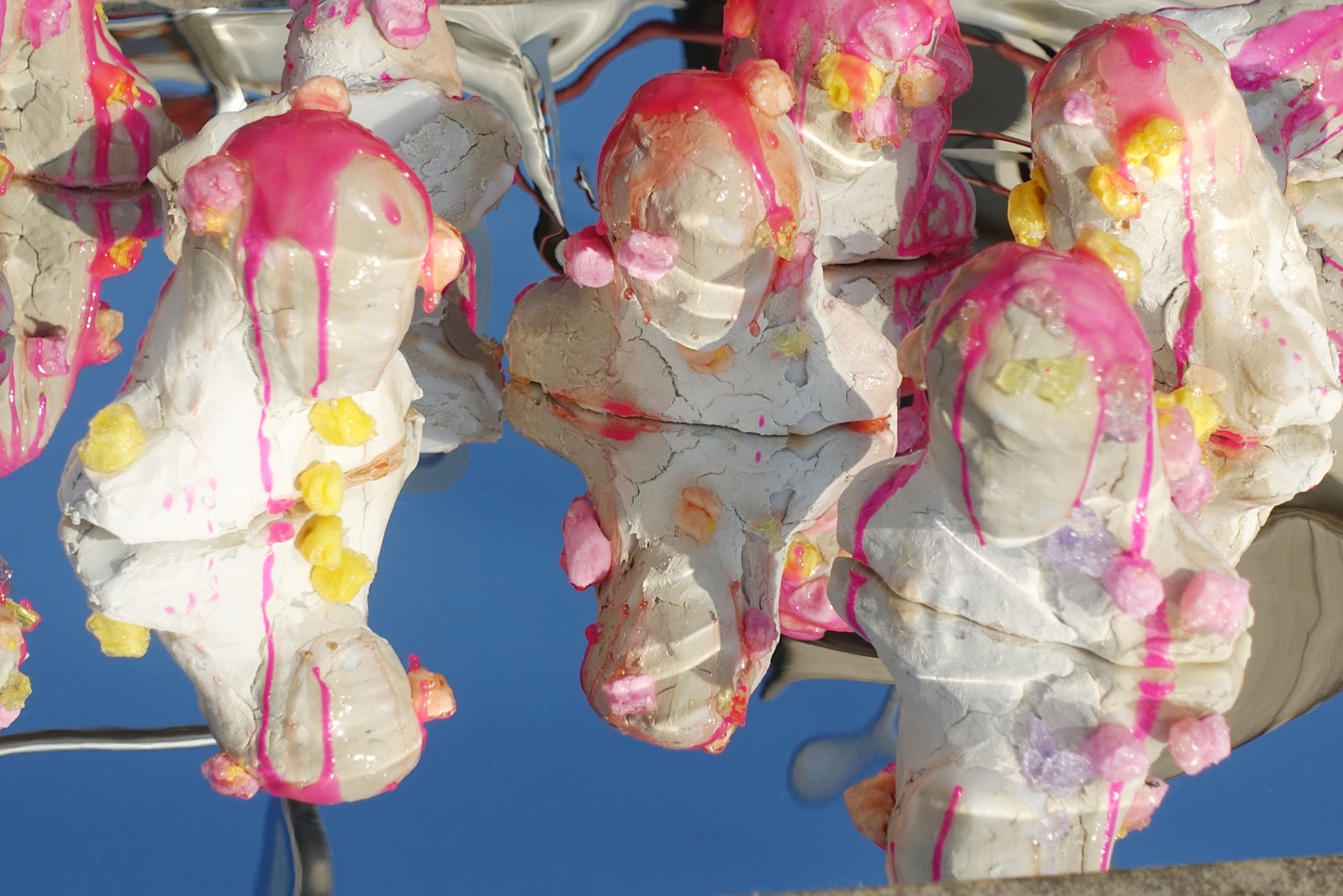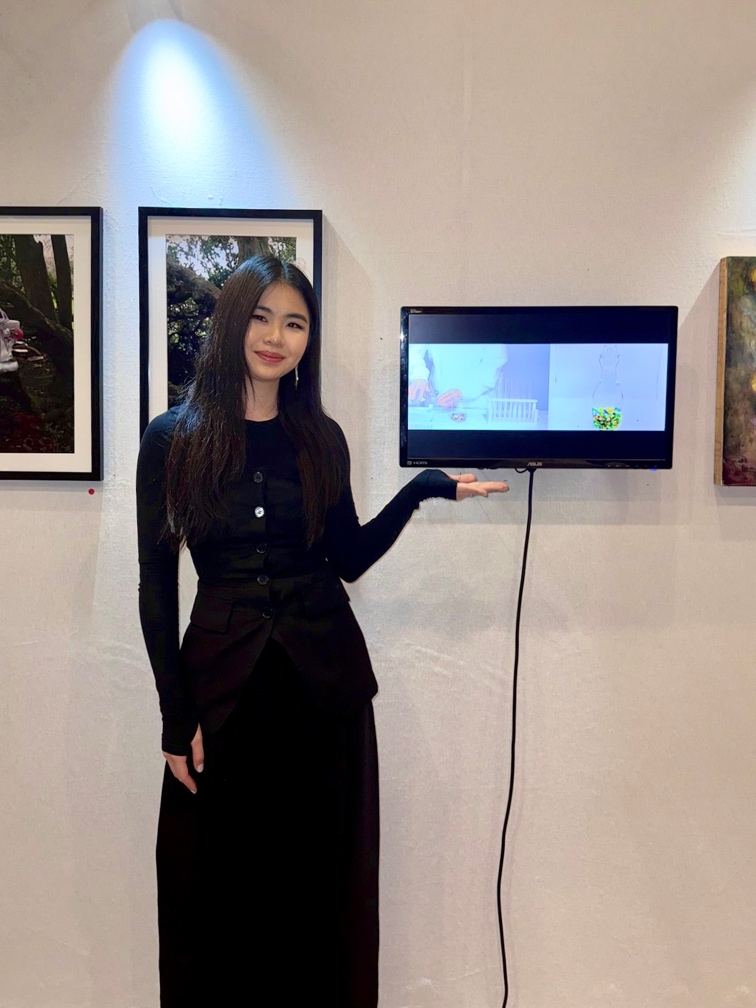In an increasingly image-saturated culture, where articulation is often synonymous with visibility, London-based artist Yijing Miao’s practice takes a more elusive route—one that listens where others speak, that holds space where others fill it. Working across installation, sensory environments, and research-driven inquiry, Miao has developed a distinct visual and material language that foregrounds the silent systems that shape bodies, identities, and mechanisms of control.
Rather than delivering overt messages, Miao’s work performs a quiet unraveling of the visual order. She turns attention to the limits of language, the thresholds of visibility, and the bodily experience of shame, regulation, and erasure. Her installations are often marked by a refusal of finished form. They privilege tactility, decomposition, and haptic response over clean aesthetic resolution—generating affective fields in which viewers become active participants in the perceptual and ethical stakes of the work.
In Ac’me, for instance, Miao constructs an environment that simulates the unstable surface of acne-prone skin using expired marshmallows. The sugar forms are tender, decaying, and disconcertingly corporeal. They act not as metaphor, but as material critiques of how adolescent bodies are culturally coded through dermatological imperfections. Rather than sanitising or valorising the skin condition, she implicates the viewer in the regime of shame that surrounds it—turning “acne” into a political texture.




Miao’s refusal of linguistic or aesthetic containment is further evident in her ongoing investigations into censorship and bodily visibility. A recent research-led project, Nipplicate explores the algorithmic suppression of nipples on digital platforms. Instead of offering a critique in the form of protest, she envisions a speculative database—an open-access archive of de-gendered, non-classified bodily imagery. Here, the body is not captured or categorised, but allowed to exist outside codified meaning. What emerges is not just a challenge to censorship, but a rethinking of how we ‘read’ the body, and whose narratives dominate digital representation.


Her work rarely takes the form of the declarative. She constructs structures that hum, resonate, and invite. In this way, Miao’s practice is deeply embedded in feminist and posthumanist thinking—particularly in its interrogation of the politics of visibility and its alignment with new materialist approaches to non-verbal communication. She is not interested in representation, but in modulation: in the tremors, silences, and half-formed gestures that unfold between body, viewer, and environment.
This tendency is set to deepen in her current project-in-progress, a sensor-based installation that bypasses visual and textual cues altogether. Instead, she uses ambient technologies—vibration, scent, temperature flux—to create a non-verbal system of perception. The piece functions as a kind of silent score, or as she describes it, “a space to read without reading.” It draws on somatic experience as a form of epistemology, opening up new vocabularies for sensation and shared understanding beyond language.


Miao’s time in the UK has clearly catalysed this trajectory. Exposure to an interdisciplinary ecosystem—from critical theory to expanded media practices—has allowed her to cultivate a form of practice that is as much attuned to speculative politics as it is to material craft. In many ways, her installations operate less as objects than as situations—sites in which bodies, meanings, and materials are placed in mutual tension.
To encounter her work is to enter into a space of uncertain agency. One is not shown what to see, but asked how one looks—and what that looking might cost. In a time when immediacy and spectacle dominate our visual culture, Yijing Miao offers an ethics of hesitation, a grammar of slowness, and a quiet but persistent challenge to what can—and cannot—be seen.








